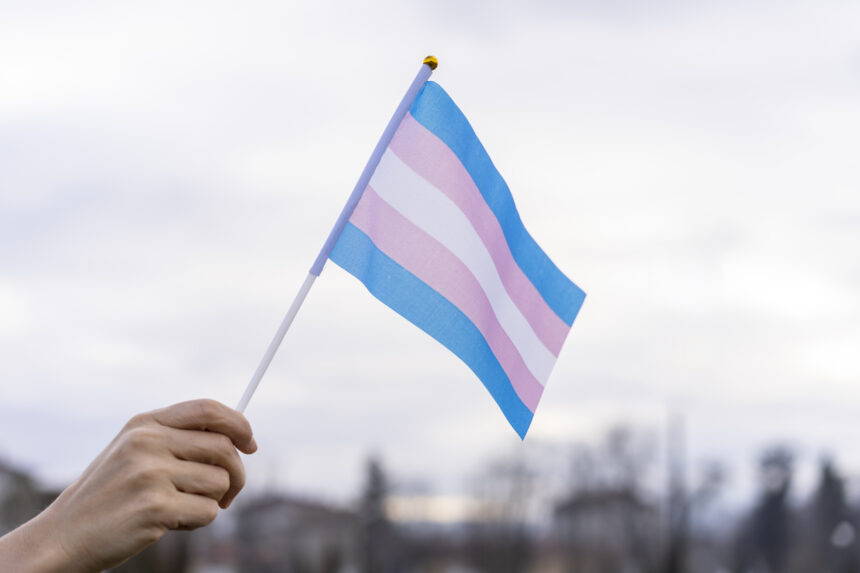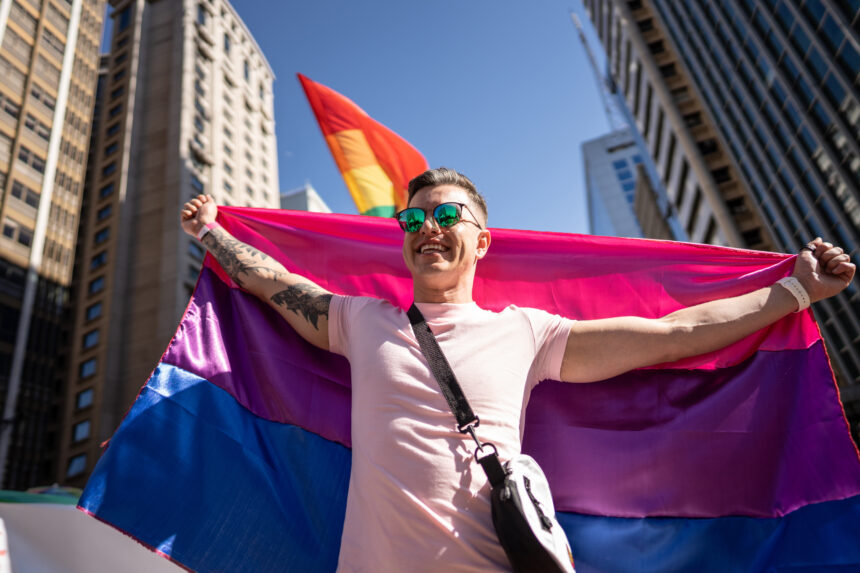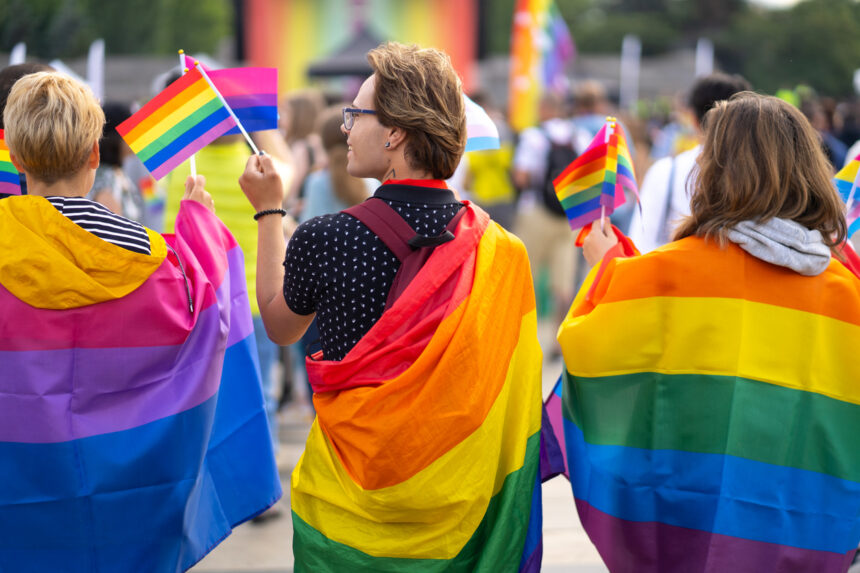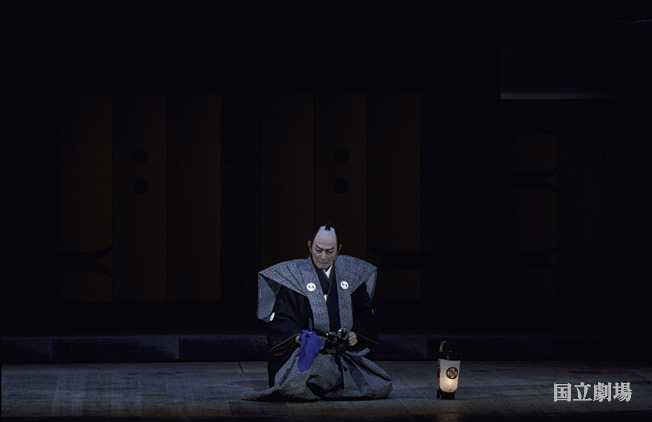Much like a country’s flag, Pride flags are used by members of the LGBTQ+ community to unite under a symbol that represents their identity and values. There are flags that represent sexualities, gender identity, and even other parts of one’s identity, such as intersexuality, allyship, or culture.
A flag is also used for visibility. Someone showing a Pride flag, whether it be at a Pride parade, in everyday life, or online, indicates that they are unapologetically alive, valid, and proud to be themselves, no matter society’s opinion of them.
There is a flag for every gender and sexuality out there. While some have history going back decades, a lot were created within the past ten years – notably on the social media platform Tumblr. They each feature a unique design (usually composed of horizontal stripes) that members of its community can recognize at first glance.
What Is The Transgender Flag?
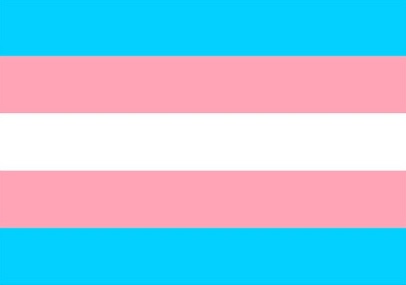
Though many definitions exist, transgender individuals can be described as those whose binary gender assigned at birth based on sexual characteristics does not match their current feeling of gender, whether it be binary or not. In the USA alone, there are more than five million individuals or 1.6% if the population.
The transgender flag consists of five horizontal stripes of equal width, in order from top to bottom: light blue, light pink, white, light pink, and light blue. In other words, light blue wraps light pink, which in turn wraps white.
The transgender flag represents “pride, diversity, rights and/or remembrance within the transgender community”(2). It has been used for decades as the main symbol of the community, both the more widely used and the most widely recognized, as some other signs, like the transgender gender symbol, have been disputed and rejected by most members of the community.
What Does Each Color On The Transgender Flag Mean?
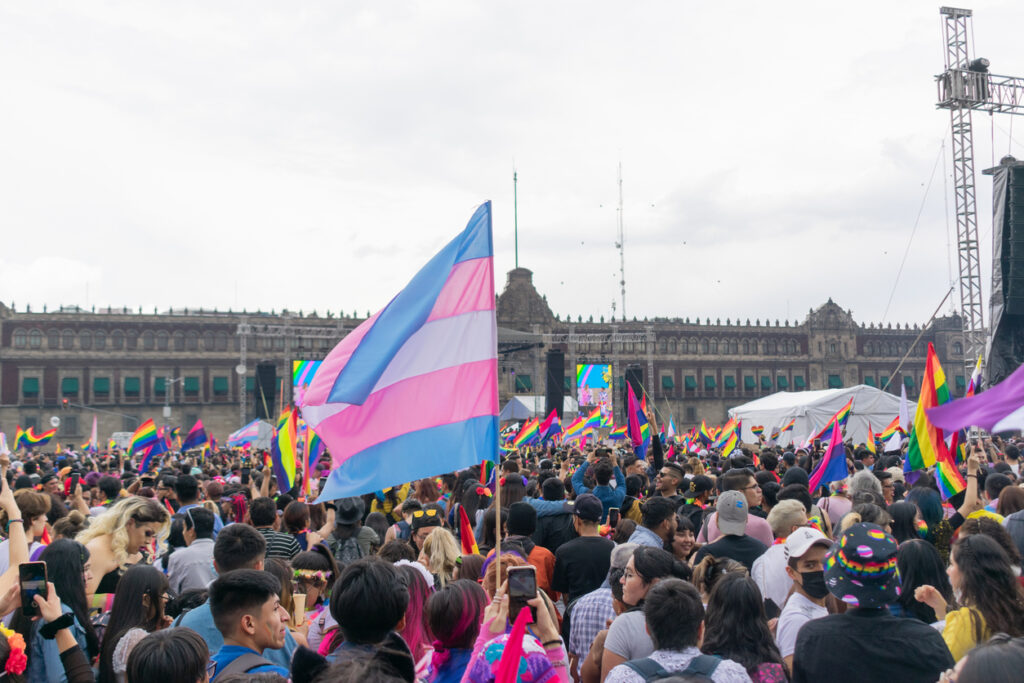
The colors of the transgender flag were chosen to both represent and challenge the gender binary. Light blue and light pink are associated with newborn boys and girls, respectively. Using those colors is both a reminder of the values transgender people were forced to grow up with, and how they have challenged them since, with the muted blue and pink. The white stripe represents questioning, transitioning, and non-binary and intersex people.
How Was The Transgender Flag Designed?

The transgender flag was designed by Monica Helms in 1999, making 2024 the 25th anniversary of the standard. Helms is a transgender woman, navy veteran (not unlike Gilbert Baker, the designer of the Rainbow Pride Flag), and activist for transgender rights.
She was inspired by her friend Michael Pageo, who designed the bisexual flag the year before. She, too, wanted to create a uniting symbol for her community.
Beyond the meaning of its colors, the flag is symmetrical, so “no matter which way you fly it, it is always correct, signifying us finding correctness in our lives”, according to Helms.
The transgender flag was first flown at the Phoenix Pride Parade of 2000, and quickly gained popularity, becoming the widespread symbol it is today.
Helms donated the first transgender flag to the Smithsonian Museum in 2014, during a ceremony where other artifacts concerning LGBTQ+ history were enshrined. During the event,Riis she commented on the representation of transgender history in museums: “It’s non-existent. We have been marginalized. People don’t realize that we’ve existed. We’ve existed all along.”
Today, Helms is still an active protector of trans rights, currently fighting Trump’s ban of transgender people from the military. This is of particular importance to her, as she served as a man in the navy, but was the first trans woman to join her local veterans chapter in Phoenix.
Importance of The Transgender Flag
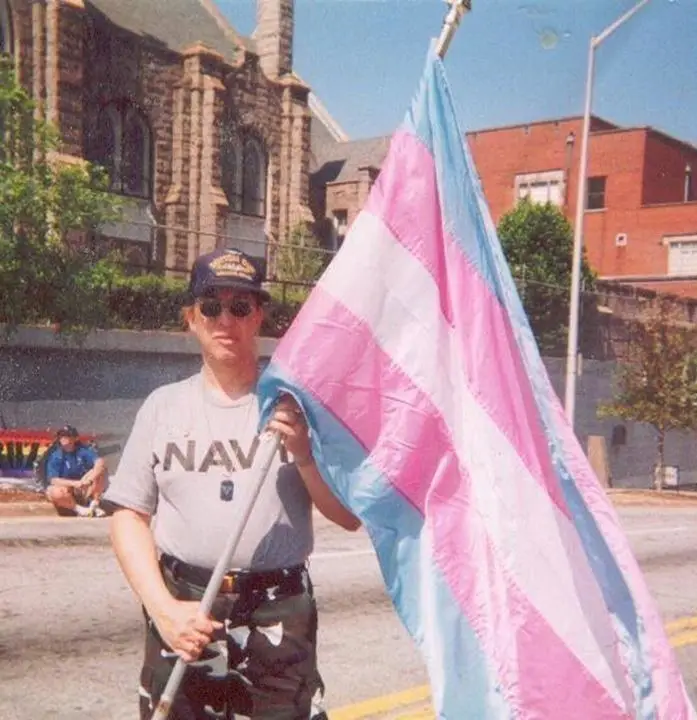
The transgender pride flag does not have a as stories a history as that of the Rainbow Pride Flag, for example, but the history it does possess is vital to transgender people.
While the flag has proudly been raised by activists at Pride Parades, it took a while for government officials to recognize it. Nonetheless, as a first in 2010, the UK’s Brighton and Hove council flew the transgender flag on the Transgender Day of Remembrance, which is November 20th.
The first county in the US to officially raise the transgender flag was the county of Philadelphia, which did it in honor of Philadelphia’s 14th Annual Trans Health Conference. It flew next to the American flag for the whole conference.
In March 2019, dozens of Democratic and independent members of Congress flew the flag outside their offices for Trans Visibility Week (November 13-19).
The Iowa State Capitol and California State Capitol flew the transgender flag on Transgender Day of Remembrance in 2019, the first time that it was flown above state capitol buildings.
As a culmination of the flag’s visibility, the Progress Pride Flag, which contains the transgender flag colors, was flown at the White House during Pride Month (June) in 2023 under Biden’s administration.
The most important time that the transgender flag has been flown however, is probably today. If transgender rights had been on a slow but generally upwards trend for decades in the US, the Trump administration has led to a variety of bans and law changes that have made life harder and less fair for transgender individuals. The military ban is one thing, but other areas are being affected, such as healthcare and healthcare for minors, school and professional sports, the prison system, and more. In 2024, a total of 652 anti-trans bills in 43 states have been proposed, with 45 passed and 123 still being considered – a clear augmentation from the 143 total bills proposed and 18 passed in 2021. Millions of lives are being worsened in the US and around the world, and now is the best time to act and proudly fly these colors everywhere.
Thankfully, in Japan, transgender rights are slowly on the rise. As of last year, it has been deemed unconstitutional that transgender people must undergo chemical or surgical sterilization in order to legally change gender (a law passed in 2004) and the first instance of a trans person legally changing genders without being sterilized occurred this year. With that being said, there is still a lot left to do, such as facilitating access to hormone therapies and surgeries, adoption and marriage rights, workplace and school recognition and protection, and overall education of the general population and professionals.
Other LGBTQ Flags
Interested in learning about the Bisexual Flag, learn from this article.
Many flags are used to represent one’s gender identity. In fact, the transgender flag itself is an umbrella flag, meaning that several other flags borrow part of its meaning or design: the non-binary flag, the agender flag, and more…
Read about it in this article.
The transgender flag also gained recognition when it was included in the 2018 Progress Pride Flag as a chevron with brown and black stripes representing people of color, and alongside the intersex flag added in 2021, which is slowly becoming the main Pride flag beyond the six-strip rainbow flag.
Today, the colors of the transgender flags are some of the most recognizable of all pride flags, behind the Rainbow Flag of course. A flag can be flown and represented as it is, or used as a color palette for outfits (such as non-binary 2024 Eurovision contestant Bambie Thug), makeup, transformed, blended. Such is the beauty and creativity of the vibrant LGBTQ+ community.
